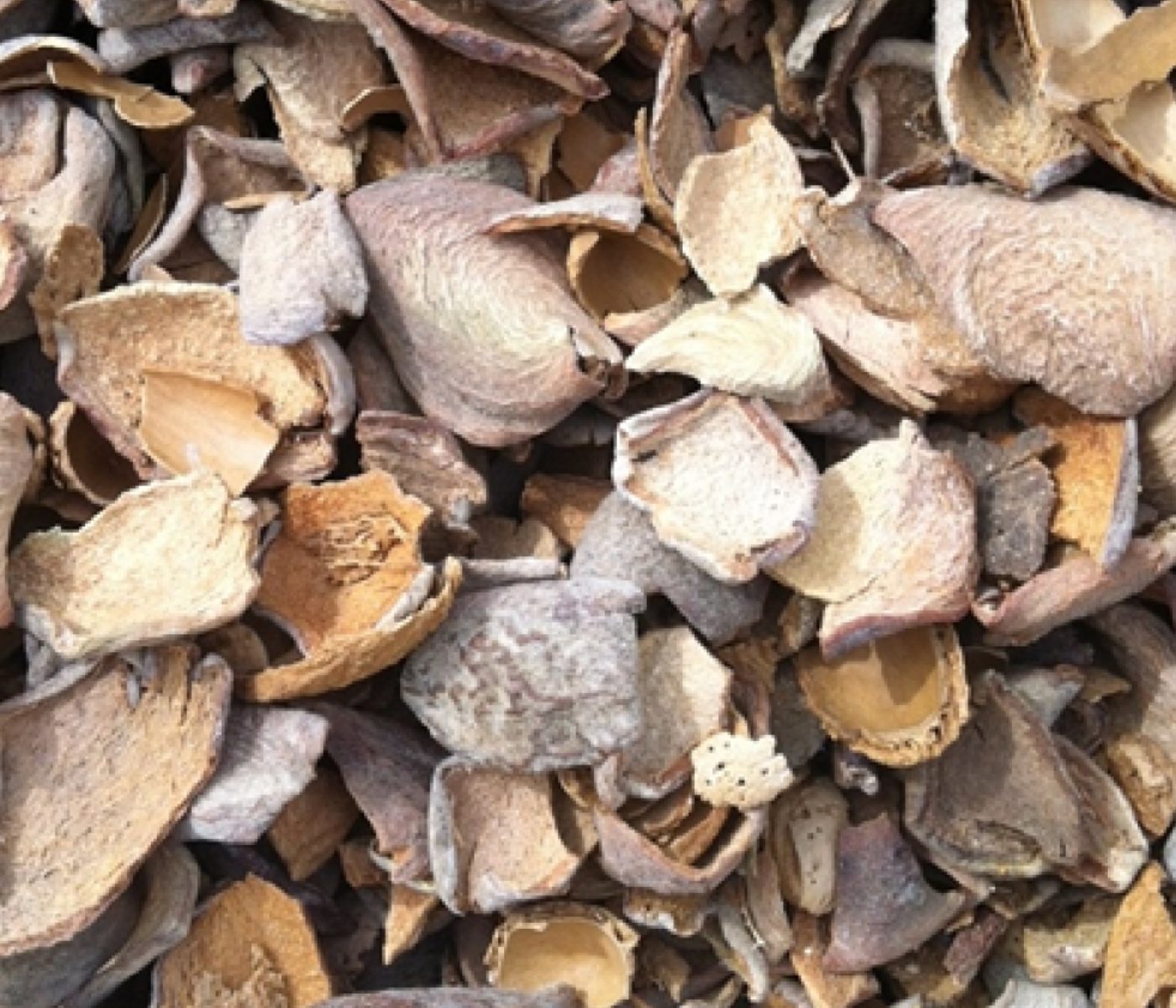In Andalucia, a series of companies have collaborated to develop a product based on almond husks.
 02 Dec 2023
02 Dec 2023
In Andalucia, a series of companies have collaborated to develop a product based on almond husks.
Over a year ago, the DEALMATEA project (Assessment of almond husks for animal feed) was completed, led by Dcoop and De Prado, with funding from CDTI (Center for Industrial Technological Development).
As previously mentioned at the inception of this initiative, the expansion of the almond industry, the role of the circular economy in fostering sustainable development, and the nutritional excellence of almonds were the driving forces behind exploring the attributes of almond husks for integration into the diets of goat and sheep livestock.
The project analyzed the nutritional properties of almond husks, the ideal time to obtain this by-product – in line with the optimal quality of the almond -, its application in animal feed (crushed, in flour, pelletized…), the percentage of inclusion in the formulation of feeds, and the effect it has on goat milk and lamb meat.
In September 2022, the Ministry of Science and Innovation announced the conclusion of the project, stating that its main innovation was:
“… utilizing a by-product that is currently underutilized for animal feed, requiring the characterization of the compositional diversity among almond varieties. This involves examining the impact of growing conditions on the nutritional properties of husks, processing conditions, inclusion limits, and assessing the effects on productivity and quality in goat milk and lamb meat.”
For several years, this ingredient has been used in cattle feed in California (United States), and its effectiveness was also proven in a study at the University of California. In 2021, based on this premise, a series of companies in Spain focused their efforts to optimize this product. Among them are Algosur, Dafisa, Nutalia, SAT Córdoba, Cerposa, Dcoop, Hispalgan, Piensur, Piensos Crens, Los Remedios Picasat, Trouw Nutrition, and Daruz Piensos.
A significant challenge associated with the ingredient pertained to its storage, given its susceptibility to mycotoxin formation due to moisture. The project spearheaded by the mentioned companies successfully devised a method to produce a secure end product utilizing almond husks, effectively mitigating this vulnerability. As outlined:
“Now we can offer a dry granulated by-product, easy to store and handle, with high nutritional value at an affordable price.”

This by-product is appropriate for equine diets, as well as for sheep, cattle, and goats. It is worth emphasizing:
“Almond husks serve as a rich source of both fiber and energy, providing a cost-efficient alternative to other high-energy concentrates and starch components. The majority of the energy derived from the husks originates from soluble sugars, which are more easily digestible.”
You may also like to read: “Carob Pulp in Lamb Diets.”
Subscribe now to the technical magazine of animal nutrition
AUTHORS

Nutritional Interventions to Improve Fertility in Male Broiler Breeders
Edgar Oviedo
The Use of Organic Acids in Poultry: A Natural Path to Health and Productivity
M. Naeem
Synergistic Benefits of Prebiotics and Probiotics in Poultry, Swine, and Cattle
Gustavo Adolfo Quintana-Ospina
Hybrid Rye Potential in Laying Hen Feed Rations
Gwendolyn Jones
A day in the life of phosphorus in pigs: Part I
Rafael Duran Giménez-Rico
Use of enzymes in diets for ruminants
Braulio de la Calle Campos
Minerals and Hoof Health in the Pregnant Sow
Juan Gabriel Espino
Impact of Oxidized Fats on Swine Reproduction and Offspring
Maria Alejandra Perez Alvarado